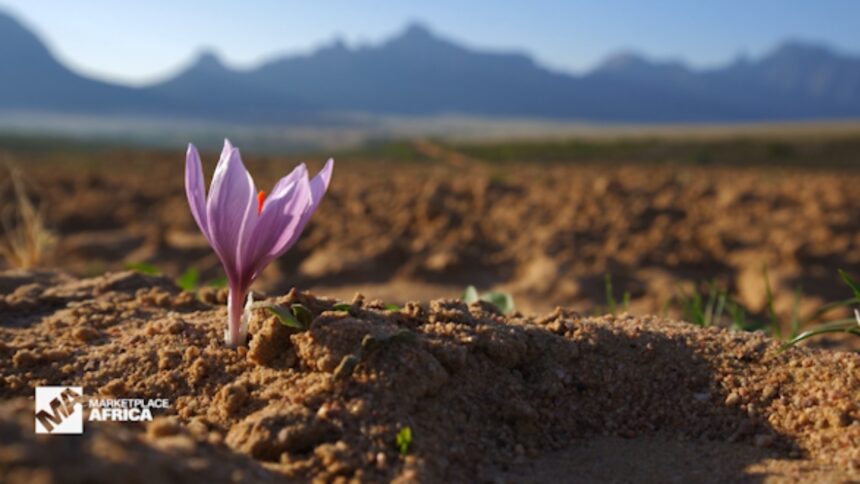South African Farmers Find New Revenue Stream in Saffron Cultivation
As extended droughts continue to change the agricultural landscape throughout South Africa, some farmers in the country are cultivating what they hope is a new goldmine – saffron. In the latest episode of Marketplace Africa, CNN’s Zain Asher takes a look at how this delicate flower is transforming the fields and fortunes of those across the value chain in the Western Cape.
The Cost and Potential of Saffron
Wandile Sihlobo, chief economist at the Agricultural Business Chamber of South Africa, explains the costs associated with the spice, “Saffron is one of the costliest spices in the world. The reason for it is one, because of the limited quantity. You have a few countries that can actually produce saffron. Iran, for example, arguably produces over 80% of the global saffron supplies. And then the other aspect is the quality. So, you have limited supply, and the quality, as well as this growing demand for it.”
According to Sihlobo, South Africa currently stands as the only commercial saffron producer in sub-Saharan Africa. While still a nascent industry, the nation’s dry and arid regions offer ideal conditions for cultivating this valuable spice which requires very little space to grow. He tells CNN, “Saffron is one of the labour-intensive crops. I mean think about in fruit farming such as blueberries, you typically employ about 3 to 4 people per hectare. But with saffron, if we can be able to plant, and plant it at scale, we could get about 12 people per hectare. And I think that will be a gamechanger when it comes to the job opportunities, especially in areas that have relied on a few agricultural value chains.”

Supporting Local Growth
To expand the local industry, Saffricon has developed an out-grower program that includes selling saffron seeds to interested parties and supporting them in their growth. Saffricon founder Bennie Engelbrecht talks about the initiative, “It’s something new. You can’t just leave people on their own and expect them to be successful. So, I drive around a lot because I have to give a grower that peace of mind that what he is doing is right. But that said, it’s also very important to remember that this is not a get rich quick crop. It takes time to give a proper yield.”
The Promise of Saffron Farming
The process of farming saffron is slow and delicate. Producing just one kilogram of saffron requires approximately 150,000 flowers and 450,000 hand-picked threads, with the harvest occurring only three weeks a year. Despite this, Sihlobo believes the South African industry will be a success, “I would bank and say South Africa is likely to be a success. Look at what we have been able to do with the red meats, with fruit, with wine, we have been able to integrate ourselves into the world market. And I think with saffron, there is a blueprint of what we can do.”








